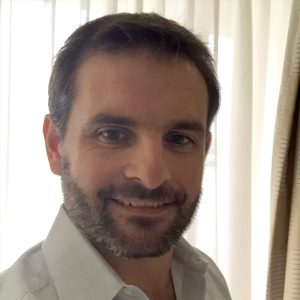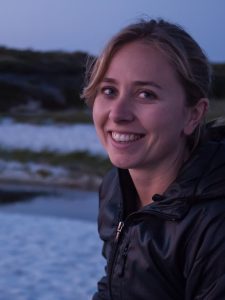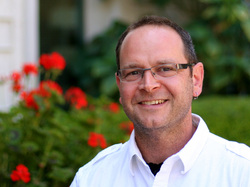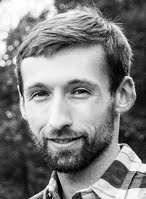My talk is focused on responses of arid to sub-humid ecosystems to climate change. The main objective of my research is to study how interannual variability of precipitation affects patterns of primary production and to determine which mechanisms govern such responses. In order to investigate cause-effect relationships between precipitation variability and ecosystem response, I carry out a large-scale manipulative experiment, participate in modeling projects, and analyze worldwide long-term data set. Results from these efforts show that interannual precipitation variability itself has a strong effect on primary productivity and that this relationship is independent from the effects of precipitation amount. At the local scale, precipitation variability effects vary among plant-functional types; and, at the global scale, dry sites respond positively and mesic sites respond negatively to increases in interannual precipitation coefficient of variation.
Speaker: Laureano Gherardi
Laureno is an ecosystem ecologist interested in mechanisms governing ecosystem responses to climate change at multiple temporal and spatial scales. In order to pursue this research he combines different complementary approaches ranging from field manipulative experiments to modeling efforts to synthesis of long-term archived data.





